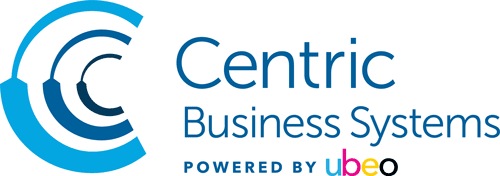Common Office Printing Mistakes-And How to Avoid Them
In an office environment, the printers are almost always busy completing their latest jobs. The average office worker uses 10,000 sheets of copy paper every year, according to The Paperless Project. With so many prints, there are common mistakes that can cost you and your company time, money and professionalism. Read on to discover some of the most common printing mistakes, and how you can fix them.
Printing in color
Though a great number of office documents are monochrome, employees regularly are printing in color without knowing. Though it costs only a few cents more for each page, those pennies quickly add up. Just one employee printing in black-and-white instead of color could save your company hundreds of dollars each year. Be sure to check your printer’s preferences and change color to black-and-white. For companies, there are management systems that allow users to be defaulted or restricted to printing in black-and-white.
Using low-resolution images
When printing a photo, always make sure that its resolution is at least 300 pixels per inch (PPI). Finding the resolution of a photo varies based on the type of computer and program you are using. In general, if you are on a Mac, you can open the photo in Preview and click Command+I. On a PC, right-click on the file. Then choose Properties, and click the Details tab. The Image section will tell you the image dimensions, and the File section will show the image file size.
Poor design
In corporate, and most other, design, it is best to keep your documents and designs simple. Aim for clean, crisp text in dark colors. Try not to overcrowd a document. Don’t use more than three colors, and make sure that they look good together. Stick with timeless fonts—Times New Roman, Garamond or Georgia if you want serifs; try Ariel, Tahoma or Century Gothic if you are looking for a sans serif font. These fonts are popular for a reason. Avoid Comic Sans, Curlz and any other font that is overly detailed. There are, of course, exceptions, but for most office printing, it’s best to keep it simple.
Spelling errors
Always be sure to double-check (and even triple check) work before it is printed. Not doing so can call the company’s professionalism into question. Never rely solely on spell-check, as it does not catch diction errors such as “there” being “their” or “red” where you meant to type “read.”
Printing single-sided
Some prints and copies need to be single-sided, but many do not. By printing double-sided, you can save in paper costs up to 50 percent! Double-sided printing can often be chosen as a default through the printer or through a print management system; this way, you need only go into settings to choose single-sided if you know that it is necessary for the document.
Printers are central to all office environments and they are often one of the most useful and powerful tools. Be aware of your printing habits, and what they can cost you.
